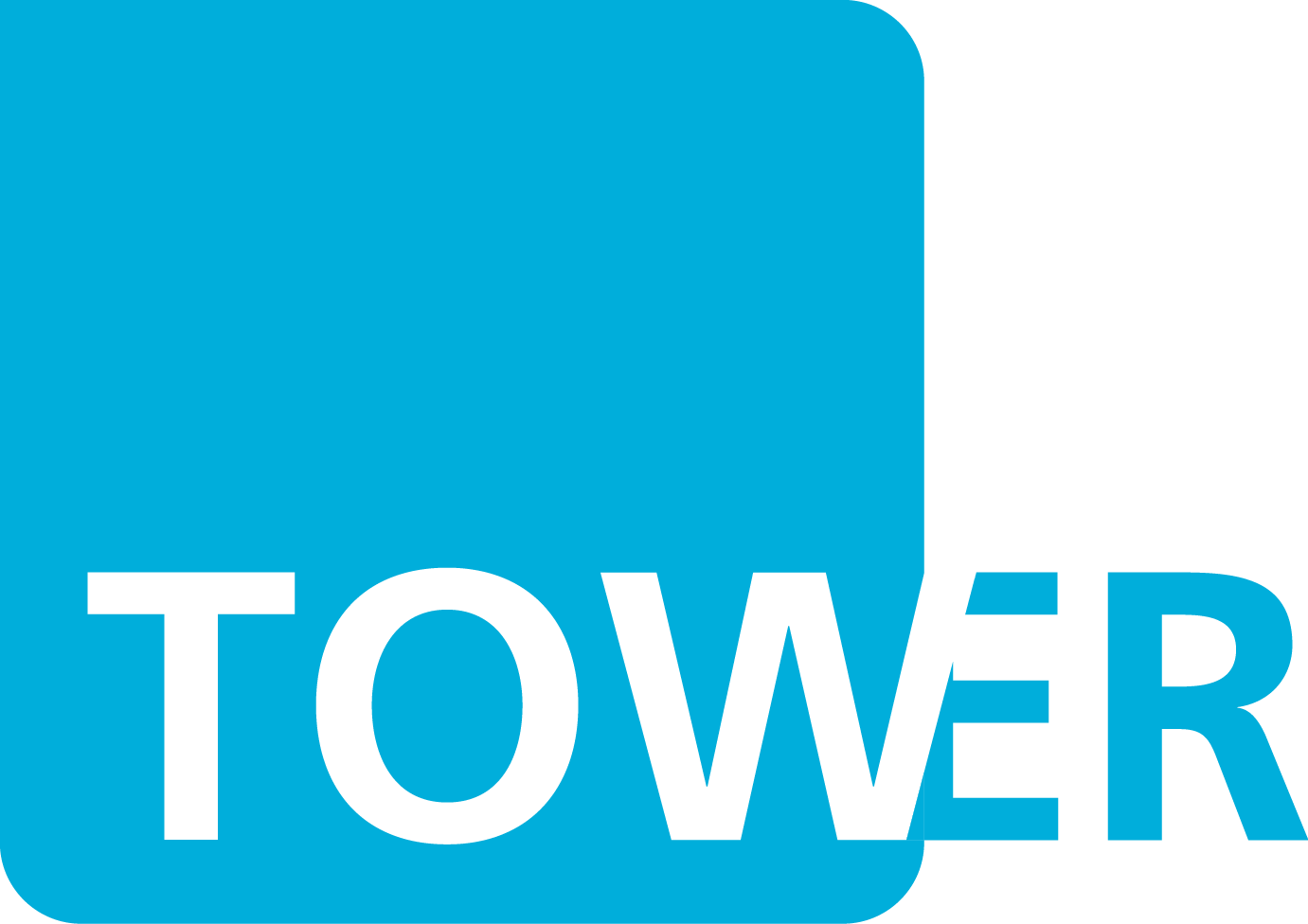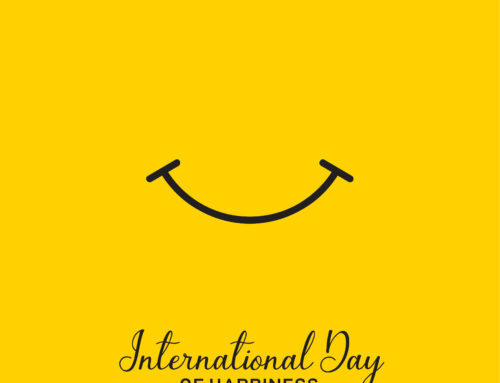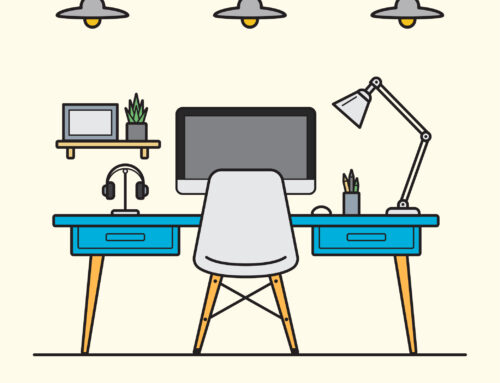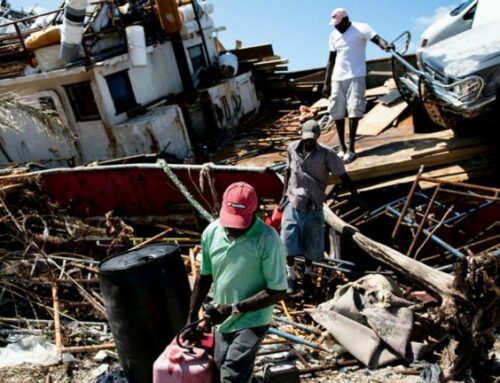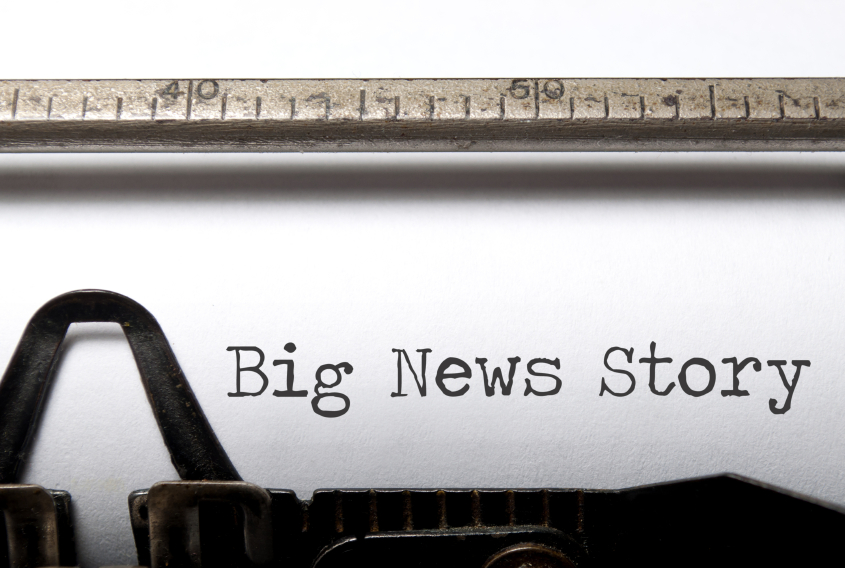
Once upon a time when I was a young girl working in a big PR agency in a big city we would print out press releases, staple them, fold them and stuff them into envelopes. Then we would label the envelopes, stick a stamp on them and post them to the media. Post, as in snail-mail. Photographs would be printed and glued to a card so they wouldn’t bend, a caption printed to a label and stuck to the back. Paper cuts abound! We would mail press kits, save content to floppy disks, conduct press tours in person, visit news rooms and pitch stories to journalists in person, cut clippings from the newspaper, glue them to paper and send them to a client via snail-mail too. I can’t forget measuring column inches with a ruler to show a client return on investment, and lunches and coffees with journalists which developed into not only column inches but many great friendships too. Everything was done by hand, and more often or not, in person. Seems antiquated now, but the thing is – I’m really not that old. Really.
I was reflecting on the good ol’ times recently when we held a press conference for our client, Health City, to announce the Caribbean’s first artificial heart pump surgery. We had local press in attendance that received our release via email, we streamed the event viaLivestream which offered regional and global journalists the ability to watch the event and ask questions via a chat area, we opened up the event to the Twitter-sphere providing another channel for questions and we distributed video, photos, press releases and press kits via online newswire service and our own email database. Advances in technology are changing the practices of modern media relations making it quicker, more efficient and more cost effective.
The way people receive news has changed. Print is no longer king. The New York Times’ iphone app has been downloaded more than 19 million times. More people use smart phones now than computers. News breaking on Twitter is faster than any other source and news organisations can no longer break news because they’re not fast enough. We don’t just depend on journalists and publications to help tell our story – now we have bloggers. The world is less insular, more global and more interconnected.
But besides taking a stroll down memory lane and singing old Bob Dylan ballads, how can we use these advances in our day-to-day business?
A great place to start is a review of your online newsroom. Here is some best practice advice and tools to consider:
- Multimedia – an essential resources: video, video news releases (VNRs), video tours, audio and sound bites; embed your multimedia within news stories
- Image library – provide images of sufficient quality for use, either online or offline; offer quantity and variety
- Infographics – a favourite with today’s media. Use them.
- Blogs – a good source of information and additional story ideas. Link them to your newsroom
- Twitter – is your Twitter account active? And while you’re at it, check your LinkedIn page too. Journalists use these social media sites for sourcing
- Searchable and organised – ensure the media can find what they need. Organise by topic, text, audio/video and photo assets. Provide a search function
- Use streaming – for tours, press conferences, announcements etc. There are many online tools available: Livestream, UStream
- Keep it current and stay active – remove out of date information and post regularly
- Keep in touch – people want to deal with people so make contact details easily accessible. Provide the ability to sign up for company updates via email or RSS
Coca-Cola, Siemens and FedEx are great examples of corporate online newsrooms that tick many of the boxes above.
And while technology may move faster than a girl untagging herself in an ugly picture, when it comes to media relations there are some things that haven’t changed –media relations professionals must continue to develop and create a compelling message with powerful words and images. And through this, provide facts, awareness, credibility, authenticity and thought leadership.
While I’m thankful for how much easier technology makes my job, the ‘new ways’ sometimes feel impersonal and a little automated, so I’m more than happy to meet anyone for a coffee. I’ll even buy!
![]()
